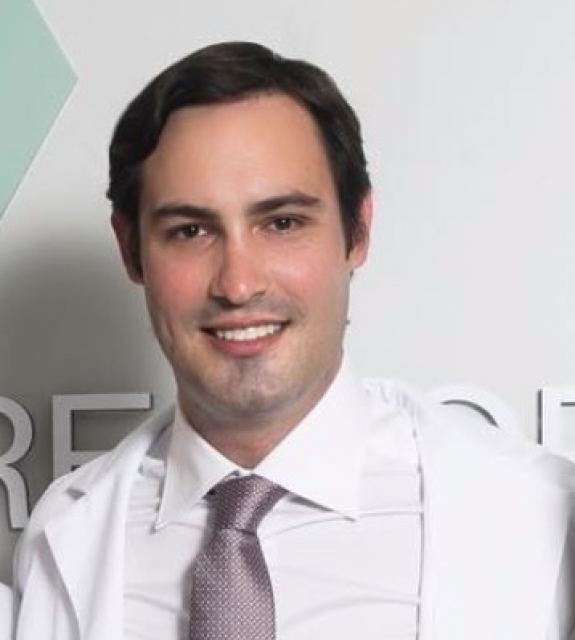Dr. Neda Shamie is a renowned LASIK, cataract, and corneal surgeon, and partner of the Maloney-Shamie Vision Institute in Los Angeles. She is an active member of numerous ophthalmic societies, has served on the Cornea Clinical Committee of the American Society of Cataract and Refractive Surgery, was the President of the Los Angeles Society of Ophthalmology and has been voted by peers to be among America’s Top Doctors.
Dr. Shamie goes in-depth with Haute Beauty on what goes into laser cataract surgery, who are the best candidates for the procedure and why lasers are the best methods in these types of procedures.
HB: Can you talk about the process of laser cataract surgery?
The process of laser cataract surgery begins with an initial consultation and a thorough eye examination to determine if cataracts exist and if surgery is recommended. We then offer all the options available and best suited for each individual patient. The laser approach to surgery is one of the premium options I have offered patients since its advent ten years ago. I also discuss lens options suitable for the patient’s visual demands and lifestyle needs including options such as multifocal or extended range of focus lenses if the patient wishes to have independence from glasses and contact lenses. Multiple measurements are then done using diagnostic imaging devices to determine the power of the lens implant. The patient is then scheduled for surgery to be performed on one eye at a time, one to weeks apart.
The surgery is done in an outpatient surgical center. A local anesthesia with IV medications is used to lessen anxiety and eliminate any pain or discomfort. The surgery itself takes about 20 minutes total, including the laser portion. The eye is first treated using the laser to create the incisions, softening of the cataract and treating the minor astigmatism. The second portion of the surgery then entails removal of the softened cataract and implantation of the chosen lens implant. Eye drops including antibiotics and steroids are started the same day and continued for several weeks. The second eye is often scheduled one to two weeks later. Patients can usually return to work and drive the following day
The advanced options available to our patients have greatly expanded in the last decade and as my patient’s surgeon and advocate, I welcome the challenge of finding a personalized option for each patient, ensuring that they enjoy the most optimized outcome possible, using advanced technology and precise techniques.
HB: Who is a good candidate?
Laser cataract surgery is indicated in patients who develop cataracts or clouding of the eye’s natural lens. Cataracts result in glare and halos around lights, dimmed vision and color perception, and difficulty reading. Any patient with enough clouding of their vision due to cataracts who is recommended surgery should consider the laser approach.
HB: What are the main reasons for this procedure?
Until 10 years ago, the only way to perform cataract surgery was by using a blade to create incisions and small instruments and ultrasound energy to break up the lens. This “manual” approach to cataract surgery leaves room for human error, risks collateral damage due to the amount energy used to break up the cataract, and often leads to an unpredictable lens position in the eye. With the advent of laser and its applications to cataract surgery, we can now take advantage of the high level of precision only lasers can offer. The laser is used to create precise incisions, correct low levels of astigmatism, opening the capsule in which the lens lives, and softening the cataracts to allow removal with the least amount of energy possible. The results often include less inflammation, faster vision recovery, and a more accurate position of the lens implant in the eye such that vision is optimized. I often tell my patients, as expert a surgeon I am, my human hands could never match the precision laser offers each and every time.
HB: How long do results last?
The results of cataract surgery are life long and patients can enjoy excellent and stable vision as long as the rest of the eye remains healthy.
HB: How long is recovery?
The recovery is rapid and often patients wake up the next morning able to see better than ever before. Of course, there is a recovery period while the eye is healing but due to the lower energy used when laser cataract surgery is performed, postoperative inflammation is minimal, and recovery rapid. Patients need to use eyedrops to prevent infection and treat the minor inflammation usually for a few weeks, but they can return to work or their daily activities by the next day. Patients describe colors being more vivid and brighter, and images far crisper than before. For patients who were reliant on glasses or contacts, if they opt to take advantage of advanced lens implant options, they will be able to see without glasses or contacts, often for the first time in decades.
For more information, visit Dr. Neda Shamie's social media:


























